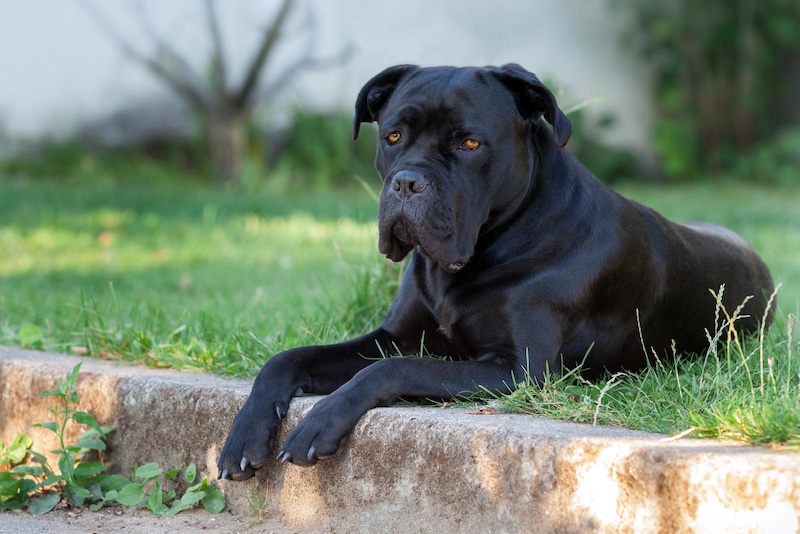When it comes to home protection, some dogs go above and beyond. These loyal companions are not only loving family pets but also natural guardians who take their job of protecting their territory very seriously. While training and socialization are always important, these 10 breeds are known for their strong protective instincts and unwavering courage.
German Shepherd
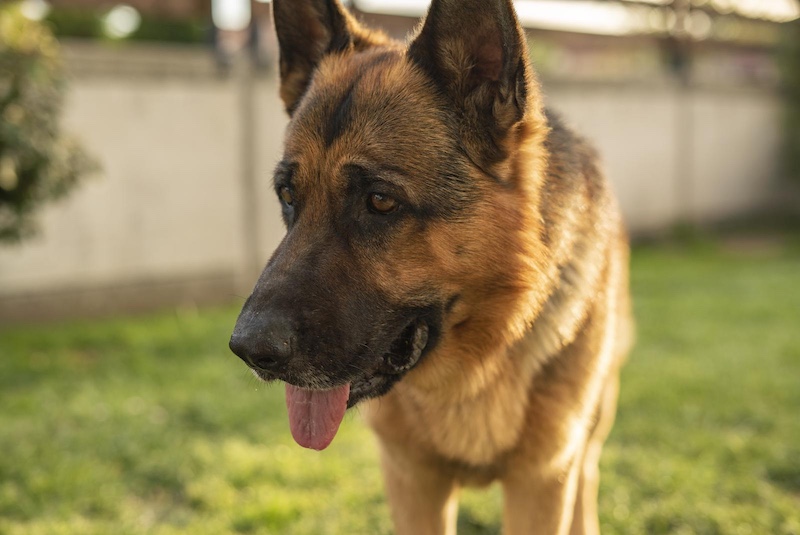
German Shepherds are one of the most popular guard dogs in the world—and for good reason. They are highly intelligent, loyal, and fearless. Originally bred for herding and protecting livestock, they are quick to assess threats and won’t hesitate to protect their home or family. Their imposing size and authoritative bark alone are often enough to deter intruders.
Rottweiler
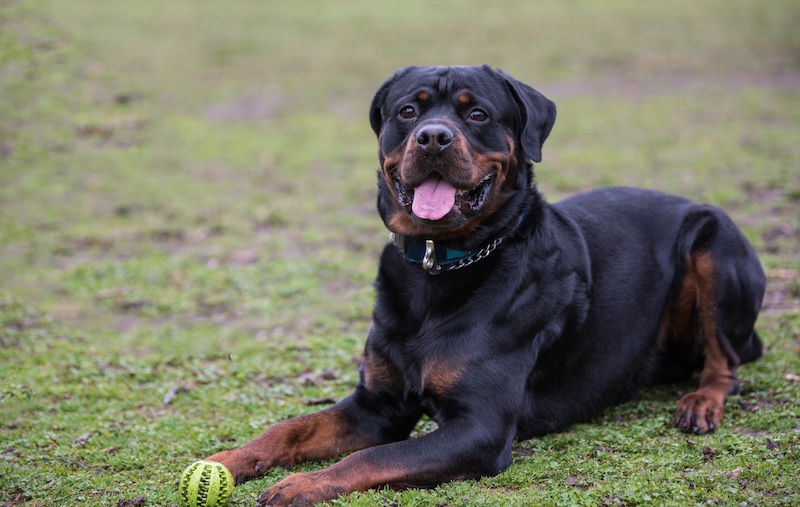
Rottweilers are powerful dogs with a natural instinct to guard. Historically used to protect cattle and pull carts, they are calm and confident, but deeply protective of their people. A well-trained Rottweiler is both a loving family pet and a serious deterrent to anyone who doesn’t belong on the property.
Doberman Pinscher
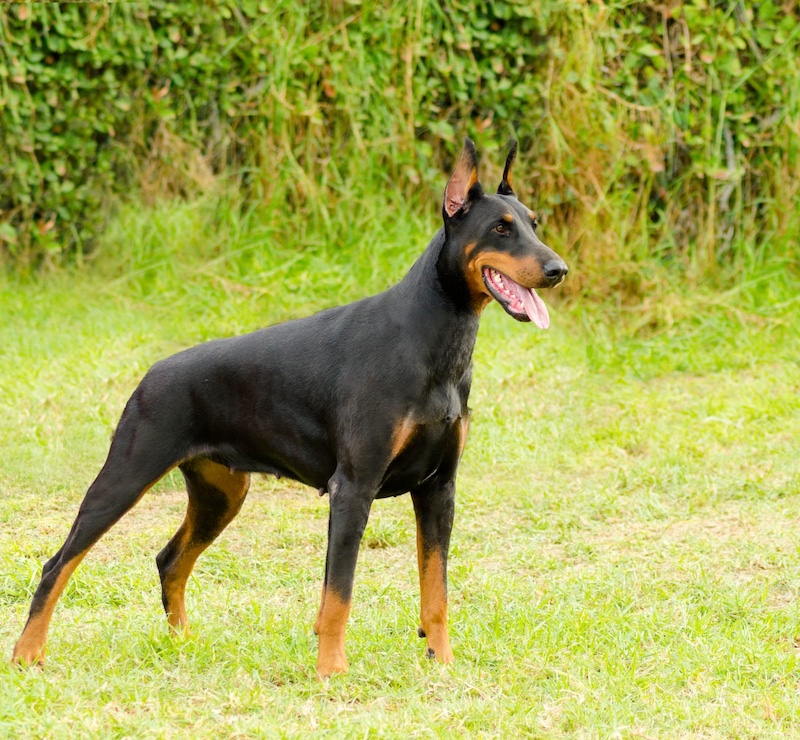
With their sleek build and intense focus, Dobermans are born protectors. They’re known for their speed, loyalty, and intelligence. Originally developed to guard tax collectors, this breed is alert and fearless, with a strong territorial drive. They tend to bond closely with their family and will spring into action the moment they sense a threat.
Belgian Malinois
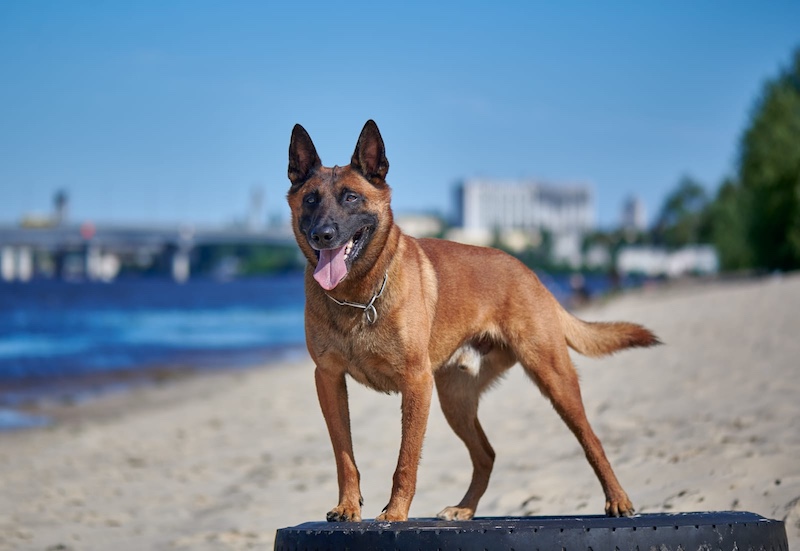
Often used by police and military units, the Belgian Malinois is one of the most driven and protective breeds out there. These dogs are agile, responsive, and incredibly smart. While they need a lot of physical and mental stimulation, their loyalty and protective instincts make them excellent home defenders for experienced owners.
Bullmastiff
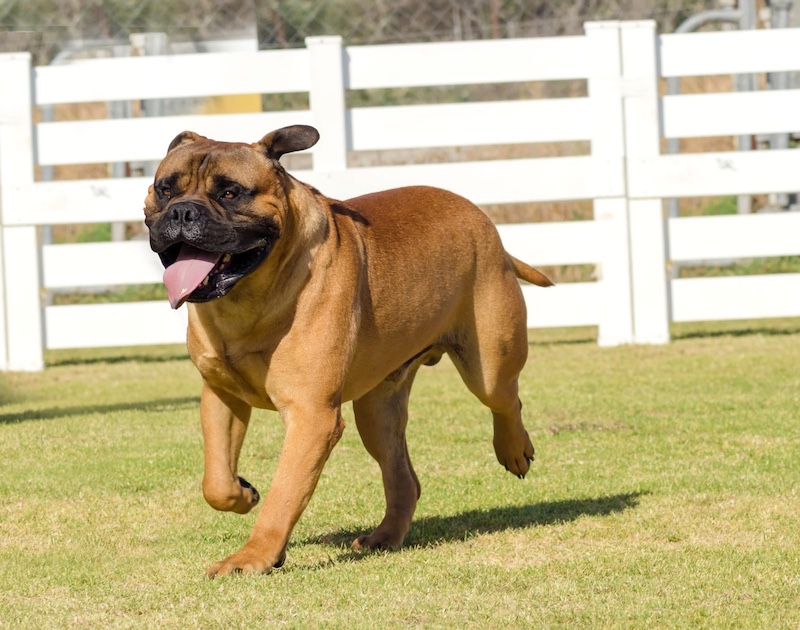
Don’t let their gentle appearance with family fool you—Bullmastiffs are formidable guard dogs. Originally bred to track and pin down poachers, they are fearless and incredibly strong. They tend to remain calm under pressure but will not back down when their home or loved ones are threatened.
Cane Corso
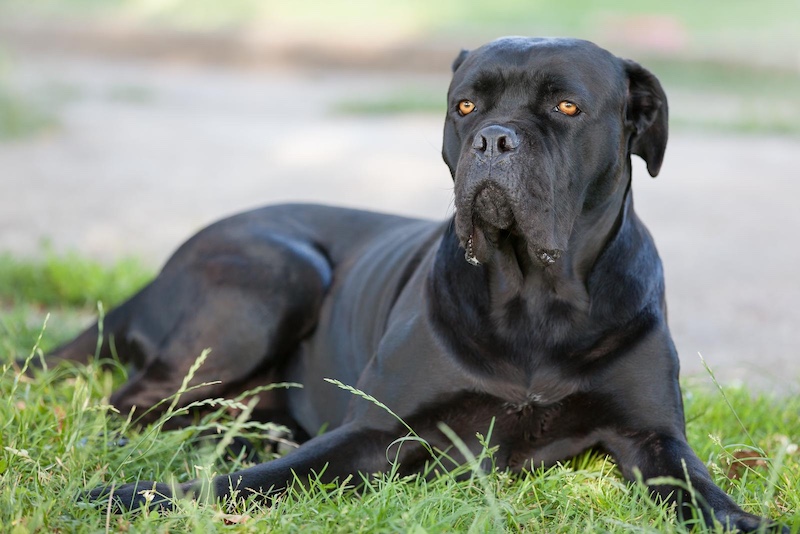
This Italian breed was once used as a war dog and for guarding property. The Cane Corso is muscular, imposing, and serious about its job. These dogs are intensely loyal and protective of their family. They can be aloof with strangers and will naturally patrol and defend their home territory without being told.
Anatolian Shepherd
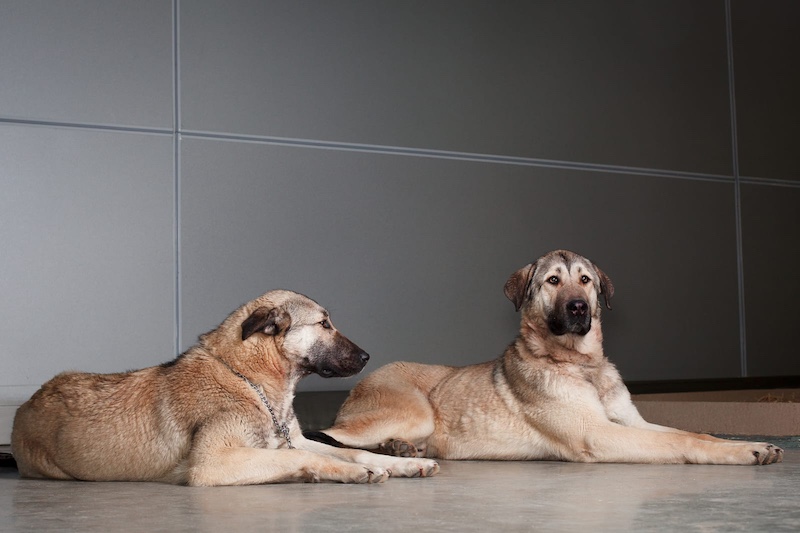
Anatolian Shepherds were bred to guard livestock from predators in rural Turkey, and that instinct still runs deep. These dogs are independent, courageous, and highly territorial. They are quiet and observant until they sense a threat—then they respond swiftly and decisively.
Akita
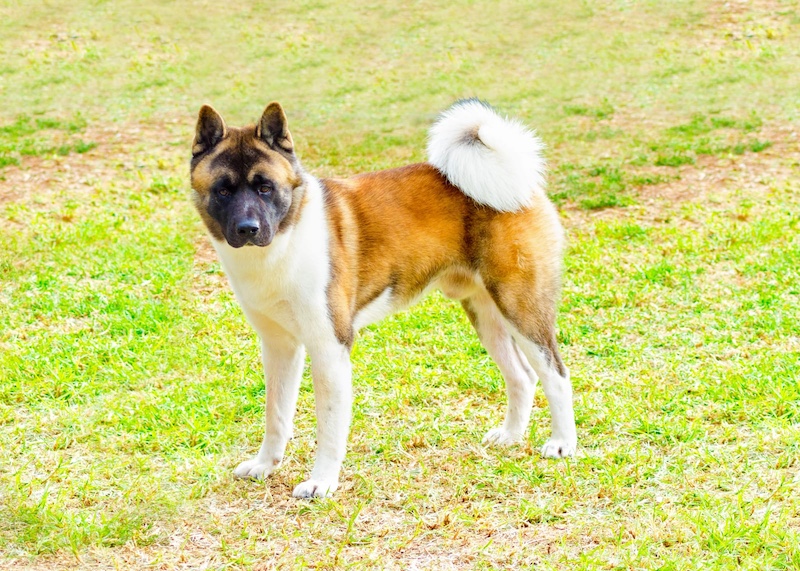
Akitas are powerful, dignified dogs with a strong protective streak. In Japan, they are known as guardians of the home and symbols of loyalty. They tend to be reserved with strangers but incredibly devoted to their families. When challenged, an Akita will stand its ground fearlessly.
Giant Schnauzer
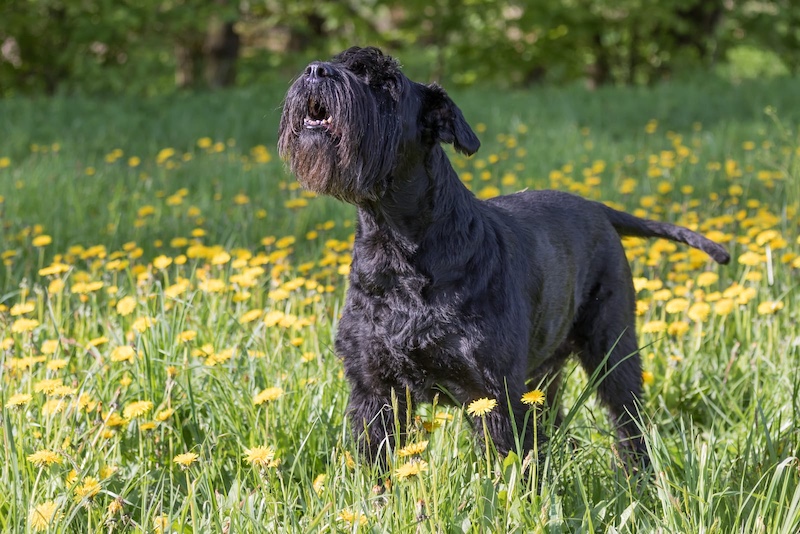
Giant Schnauzers are strong, loyal, and highly intelligent. Originally used to guard farms and drive livestock, they are naturally suspicious of strangers and fiercely protective of their home. With proper training, they are both affectionate companions and serious watchdogs.
Kuvasz
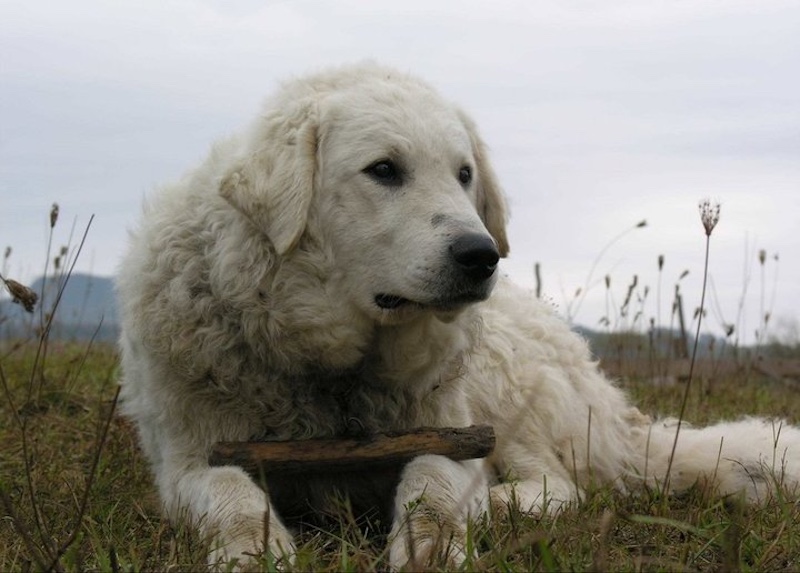
This lesser-known Hungarian breed was developed to guard royalty and livestock alike. The Kuvasz is fearless, independent, and naturally protective. Their white coat may look elegant, but they are watchful and courageous defenders, especially when it comes to their family or territory.
- Please Note: This content was created with the assistance of AI and thoroughly edited by a human before publishing.

